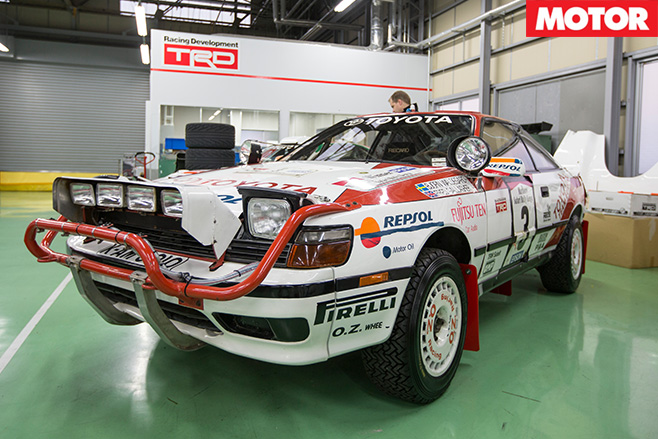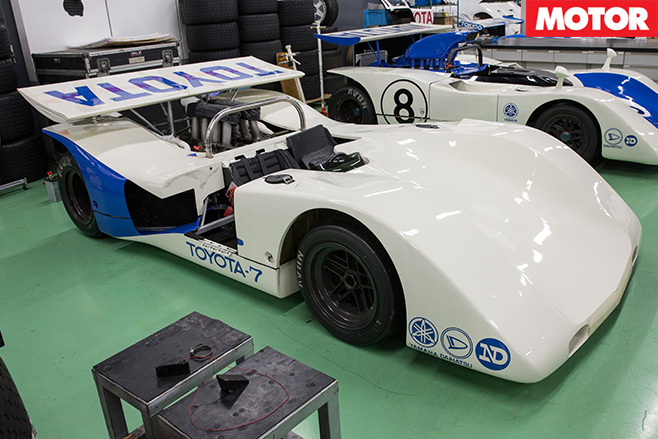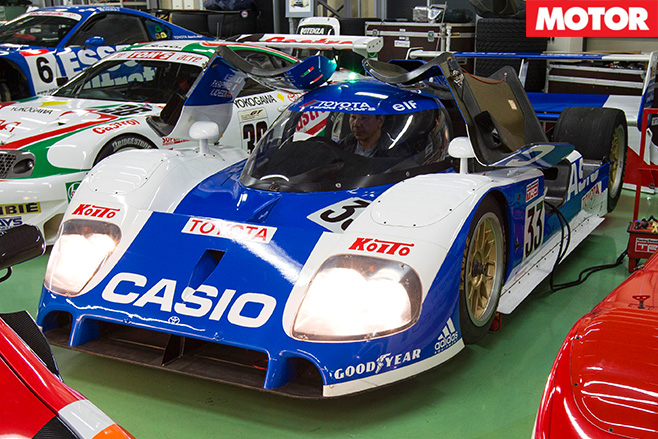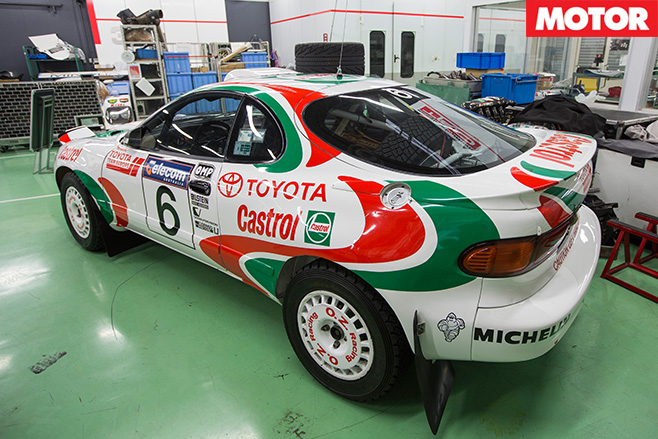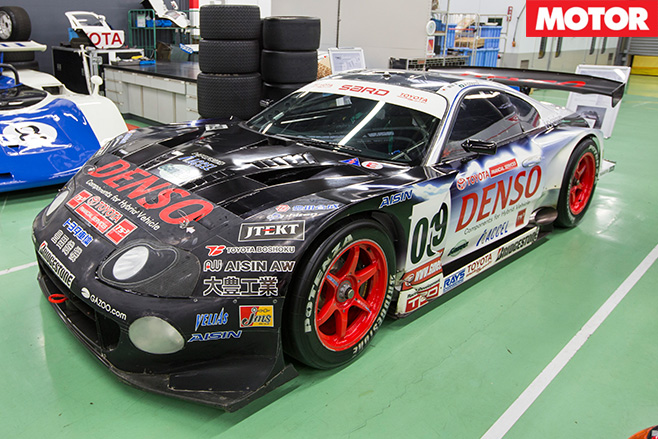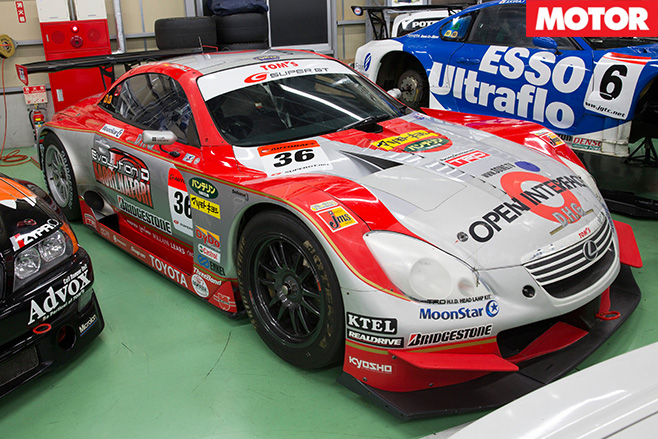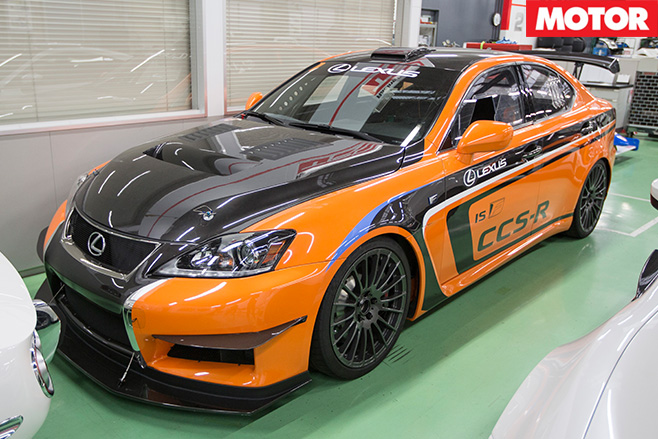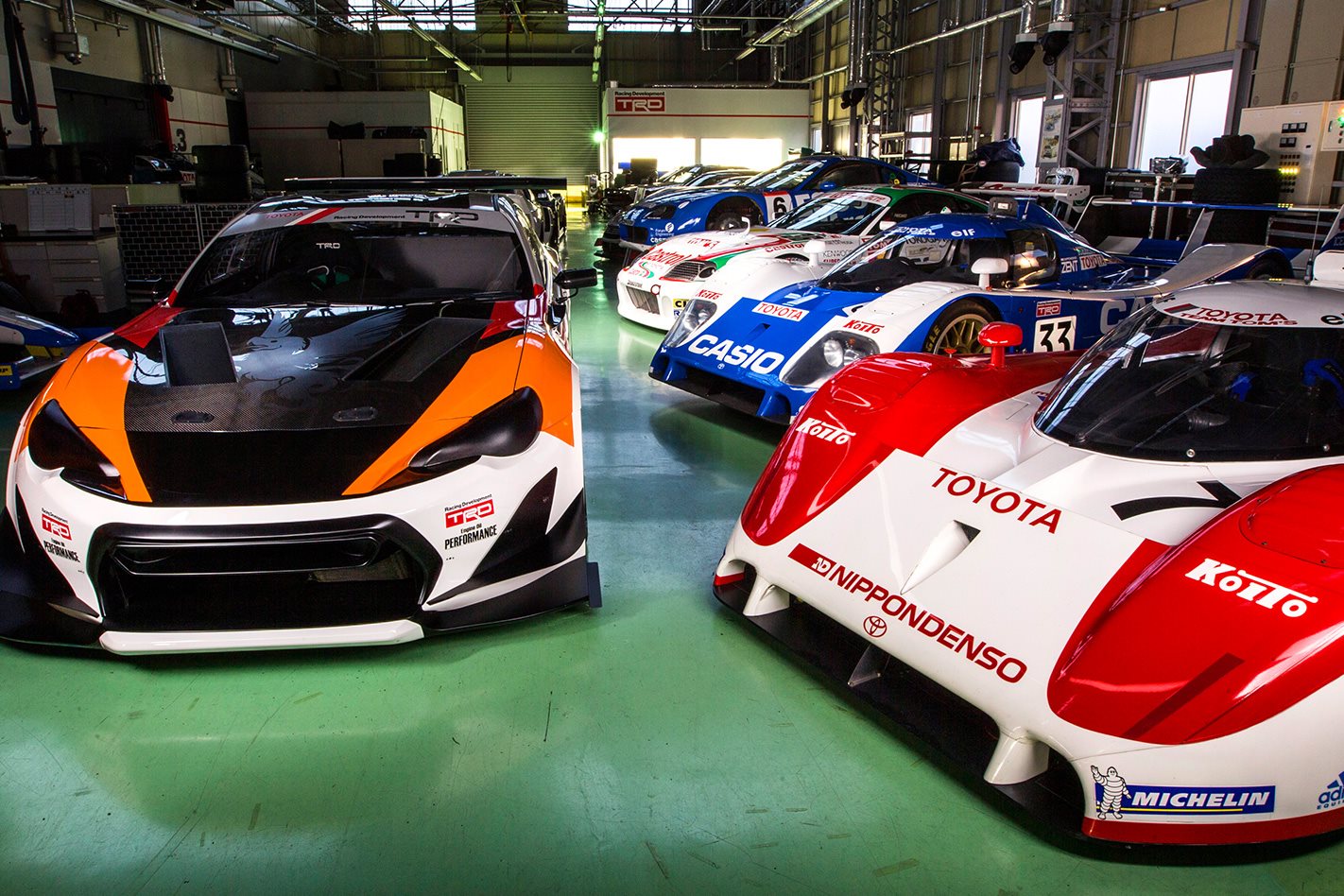Humans have a long record of preserving history. The Inca, for instance, paraded their mummified dead to maintain a relationship with the supernatural. This, they believed, was crucial for survival of the soul.
Today that notion lives on, at least when it comes to cars. Some of the world’s most impressive places of worship for the “moved-on” belong to marques, including this particular treasure trove belonging to Toyota Racing Developments, the Japanese car maker’s racing division that’s almost as old as the company itself.
Despite housing an invaluable inventory of Toyota’s motorsport past, this stable is not annexed to the car maker’s public automobile museum. TRD Station, as it’s known, sits downtown in Yokohama, 40 minutes south of Tokyo city centre. And after a quick left turn into a TRD prefecture, it’s barely visible from the street.
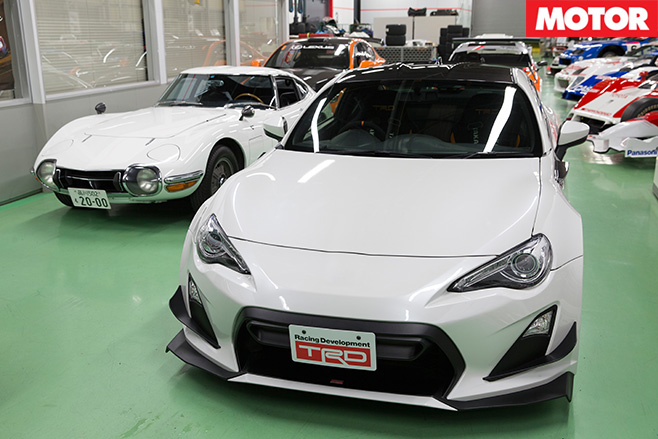
Between a crew of four they share at least 160 years of company service – even more in industry experience. For them, maintaining a collection of Toyotas that saw the company on motorsport’s most famous stages is their reward. Locals and other Toyota staff refer to the men as ‘takumi’, translated as ‘artisans’.
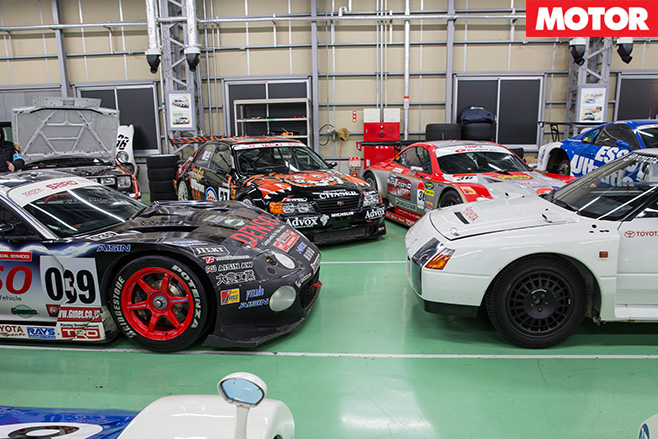
Younger blood work next door on TRD’s factory line, currently assembling a limited-edition Toyota 86 called the 14R60, but it’s here, amongst Le Mans specials, rally champions and even classic supercars, where Toyota’s pedigree and soul endures. And over these next pages MOTOR grants you full access inside TRD Station.
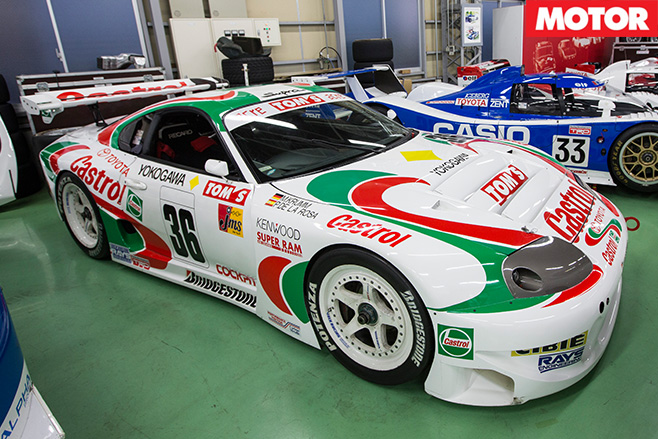
While lighter than the 2JZ, the already race-proven 3S also made more economic sense in early days, when TRD received little funding from Toyota for the GT program. Still, tuned to 358kW, it claimed considerable success in Japan’s Super GT GT500 class.
